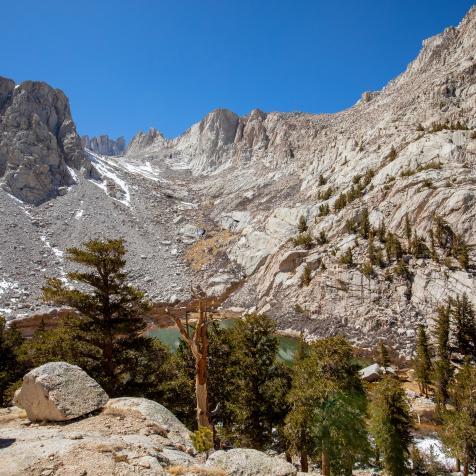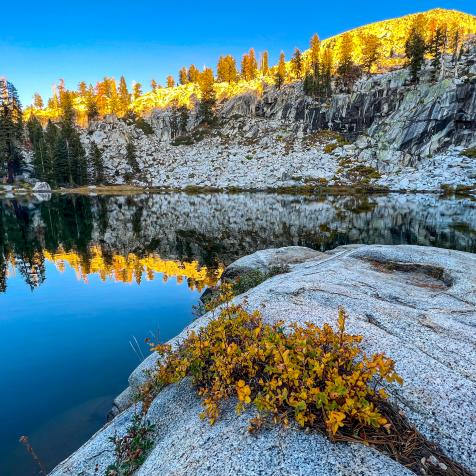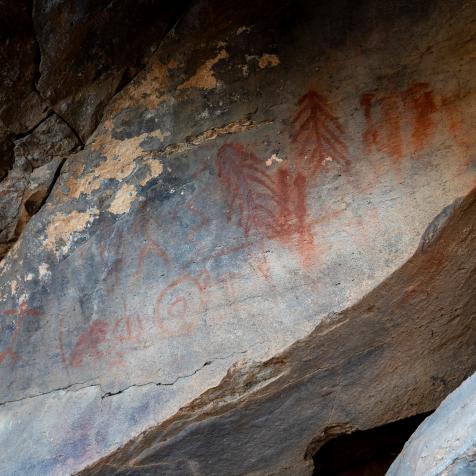
Ian Shive
Secrets of Joshua Tree National Park, California: The Eagle Cliff Mine

While America’s National Parks are renowned for their popular, natural icons, such as Old Faithful in Yellowstone or El Capitan in Yosemite, the parks also protect a tremendous amount of lesser known, or even unknown, historic and natural features that are no less mesmerizing.
On a recent outing to Joshua Tree National Park, I attempted to find and photograph one such place, which I had attempted in the recent past with little success. Known as the Eagle Cliff Mine, it’s an approximately seven-mile roundtrip hike if you start near an area known as Skull Rock, with a fairly steep and rugged 500-foot elevation gain near the end. This isn’t on any official park maps, though the site has gained in popularity through online forums for those looking for something new to explore.

The trail can be confusing, forking often, or disappearing entirely under the cactus and crumbling rock. More than once I started up the wrong pathway, only to realize I was headed in the wrong direction and needed to backtrack. Bringing ample water on any desert hike is imperative, never underestimate how dry the air can be, especially at the higher elevation of a place like Joshua Tree.
But if you are well prepared, this hike meanders through some of the most gorgeous rock formations I have ever seen in the park. An old cave known as split rock offers a shady respite from the desert heat, especially if you begin this hike from the farther spot of Skull Rock.
After working my way up the cliff, I finally made it to a flat top plateau, where an old mine shaft and tailings (the rocks they dug up to make the mine) gave the first clue that we were close. Only another 100 feet up or so the spot I had missed in the past suddenly revealed itself! Eagle Cliff Mine!
Explore the Secret Mines of Joshua Tree 10 Photos
Eagle Cliff Mine is not on any guide map of Joshua Tree National Park, but conservationist and nature photographer Ian Shive explored this secret spot on a recent trip to this spot in Southern California.
Some records show the dwelling of an old prospector are most likely from the late 1800s, though the exact date is not known. The rock walls and wood features are still intact, though the bottles and other relics inside are replicas placed by the National Park Service, because, well, people can’t have nice things and decided to take the original items home with them. You can still see the originals in a nearby museum, though.
As a photographer, it can often seem difficult to find new ways to photograph a place we all know well and see often on social media, but if you are willing to get off the well-worn path a bit, you are almost guaranteed to find new subjects to be inspired by! Just remember, take only photos, leave only footprints.




















